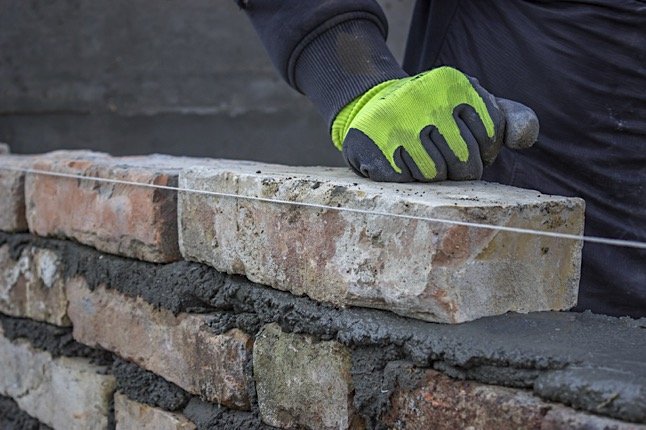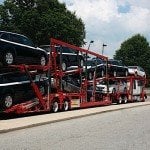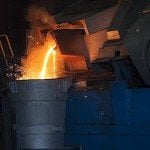
Professions dealing with manual labour typically come with the risk of injury and extreme fatigue due to their reliance on repetitive and often complex movement, not to mention heavy materials that need to be lifted and carried on a daily basis.
A team of researchers at the University of Waterloo in Ontario has developed a potential solution to the problems faced by these workers. “The people in skilled trades learn or acquire a kind of physical wisdom that they can’t even articulate,” said Waterloo Professor of Civil and Environmental Engineering Carl Haas. “They’re basically doing the work twice as fast with half the effort, and they’re doing it with higher quality.”
Due to an inability of most veteran professionals to adequately explain their approach, Haas and his team worked with a group of 21 volunteers with varying experience to develop solutions. The volunteers were outfitted with Xsens MVN motion-tracking suits, after which they were instructed to build a brick wall. According to data obtained during the experiment, more experienced masons applied the lowest amounts of stress on their musculoskeletal systems, while performing work at a much faster rate than lower-level colleagues.

Furthermore, it was discovered that much of the advice that is typically given to new employees was ignored by more experienced laborers, who relied on muscle memory and movements such as swinging rather than lifting, reducing the amount of strain that heavy equipment and materials put on them and their bodies.
“A Support Vector Machine (SVM) algorithm was used to classify masons’ poses into expert and inexpert classes based on the relative frequency of poses in the motions used to lay each of 945 masonry units,” the researchers stated in their paper, Identifying Poses of Safe and Productive Masons Using Machine Learning, which was published in the journal Automation in Construction. “Like characteristic vibration frequencies in machine diagnostics and system identification, the characteristic poses identified provide insight into differing methods between expert and less experienced masons. For example, results show that experts utilize fewer and more ergonomically safe poses, while being more productive, which indicates lower energy expenditure (less wasted motions).”
The data collected was used for training algorithms and testing. “Pose books” were developed and used in devising systems to train new workers. “The classification method and the poses identified contribute knowledge to help develop affordable mason training systems that utilize IMU [inertial measurement units] and video feedback to improve health and productivity of apprentice masons,” the researchers stated in the paper. Additionally, these systems could be used in developing suits with built-in motion sensors to give trainees immediate feedback on their movements. “The classification method and the poses identified contribute knowledge to help develop affordable mason training systems that utilize IMU and video feedback to improve health and productivity of apprentice masons.”































